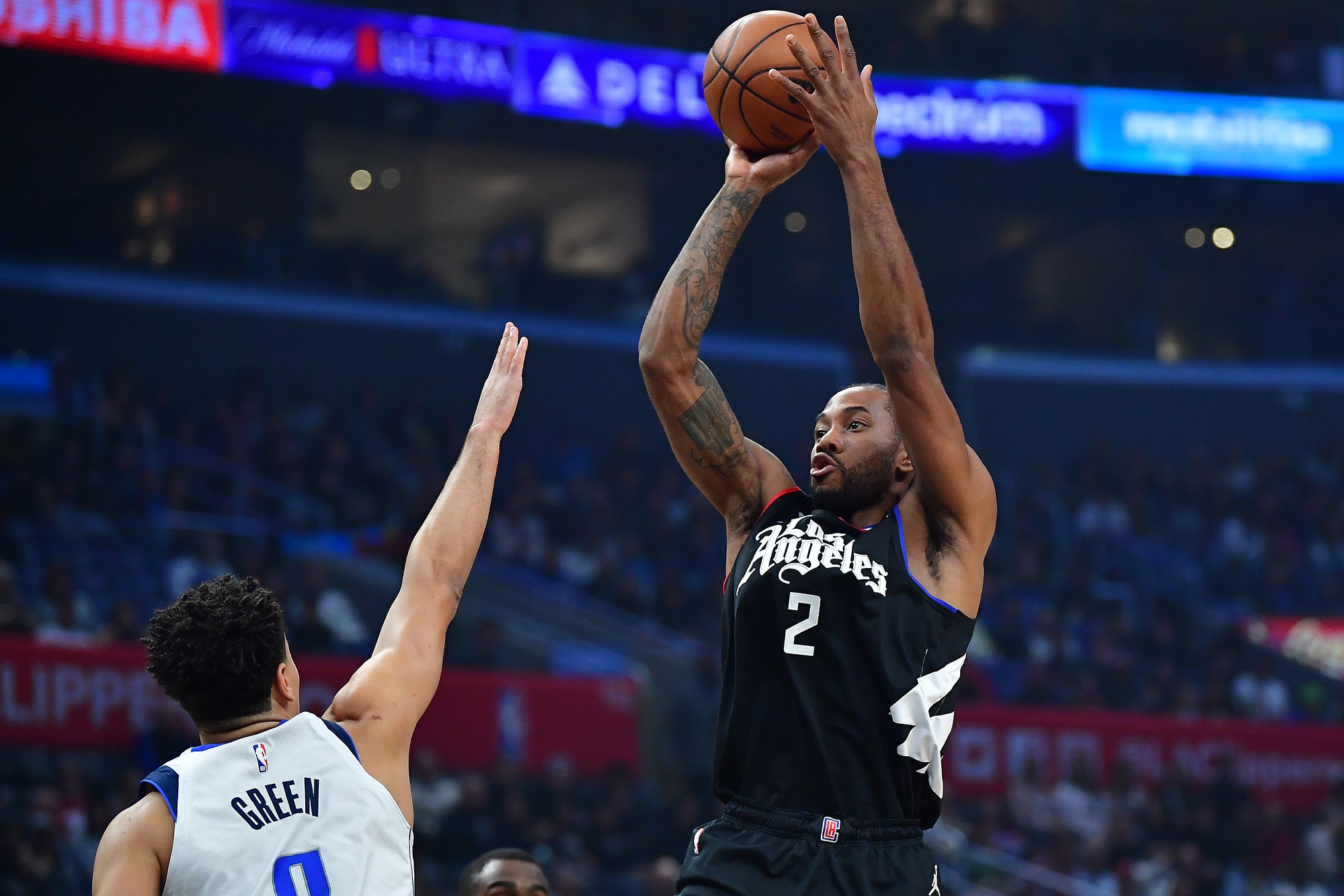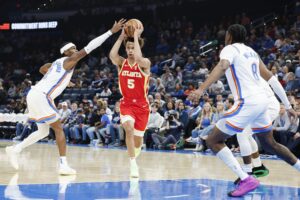In the early 1990s, an NBA fan could tune into a Bulls regular season game and see Michael Jordan, Scottie Pippen, and Horace Grant play together on a nightly basis. These days, waiting to see what stars are or aren’t on the latest NBA injury report is almost as suspenseful as watching a triple-overtime thriller. As it currently stands, there are around 100 players on the list of injuries, with such premium talent as Lebron James, Jaylen Brown, Luka Doncic, and Zion Williamson, all missing games in recent days. In the case of teams like the Boston Celtics, they are missing three or more regular starters, which is simply a fact of life in today’s NBA. Excluding the shortened 2019-20 NBA season, the total number of injuries in the league has steadily risen since 2016.
A more considerable emphasis on player safety and health is certainly part of the story of why players miss more games than they used to. Concussions which apparently never existed in past NBA eras of physical play, now result in extremely cautious approaches from coaches and trainers dealing with recovering players. In general, teams are more guarded with their injured athletes, especially top draft picks and franchise stars, which makes sense when considering how much money they have invested in them. There are many explanations as to why NBA injuries keep piling up, but some aren’t supported by facts, while the NBA offices and its teams unjustly dismiss others.
Myths and Facts About Why NBA Injuries Keep Increasing
Don’t Blame the Schedule
The NBA has taken several steps in recent years to reduce the accumulated wear and tear on players during a long season. Preseasons are shorter, and the league modified schedules, so fewer teams play on back-to-back nights. Travel is lighter, with some teams playing the same opponent in the same city in consecutive games resulting in what are essentially mini-series. Yet, despite teams having played 82-game regular seasons since 1967-68 with grueling travel, NBA injuries keep increasing. Stars like Lebron James and Dirk Nowitzki have voiced their support for shortened seasons, but it’s unlikely to happen anytime soon with the fear of diminished revenue and less lucrative TV contracts.
Load Mismanagement
The practice of NBA teams resting their star players during the course of a regular season has become increasingly commonplace. The theory of load management revolves around the logic that certain players stand a better chance of avoiding long-term injuries if they don’t play an entire season. Of course, most of the players who are rested regularly are the highest-paid top-tier talents, Kawhi Leonard prominent among them. If the goal of load management is to keep key players off the NBA injury report, it’s been a spectacular failure. In the case of Kawhi Leonard, he appeared in 52-57 games between the 2019-20 and 2020-21 seasons, only to miss the entire 2021-22 season due to an ACL injury. This season, he has played in only 32 games for the Clippers.
One reason for the failure of load management to reduce recurring NBA injuries is the fact that there is no substitute for in-game action when it comes to conditioning. There is no doubt that most players, even when rested, keep themselves in excellent physical condition. Still, excessive time off makes them entirely unprepared for the unique strain actual games put on their bodies. It’s possible that the load management theory just needs some adjustment, but resting a star player 20 games clearly isn’t a way to prevent reoccurring or long-term injuries.
Impact Over Durability
One trend we have seen in several major pro sports is to gear players to have maximum impact when they play, even if it’s over a shorter sample size. In MLB, power pitchers throw fewer innings and rested for more games than in past eras of baseball. Largely gone are the iron-horse pitchers like Nolan Ryan, who would routinely throw 200 innings a season. Instead, pitchers are conditioned to throw with more velocity and movement but in spurts rather than over prolonged game action.
In the NBA, there is an ongoing debate about whether players are faster and more athletic than in previous eras. Modern sports medicine certainly has played a role in maximizing the talent of developing athletes. Regardless, coaches now treat NBA stars like precious commodities that they only unleash selectively to have maximum impact, whether it’s against a difficult opponent that could decide playoff seedings or when a must-win game is on the line.
How Have Injuries Affected the NBA Product?
Fans are paying higher ticket prices than ever to watch their favorite teams in person, and while some complain about too many NBA injuries, it isn’t significantly hurting attendance figures. The pandemic certainly put a damper on the number of fans willing to join large crowds of people in confined spaces, but attendance rapidly rebounded to pre-COVID-19 levels as restrictions eased. Likewise, TV ratings on nationally televised games are averaging 1.6 million, which is actually up 1 percent over last season.
There is no simple explanation as to why viewers are content with watching their favorite all-stars ride the pine repeatedly during the regular season. The NBA is legitimately a global game now, with international audiences watching games in unprecedented numbers, often following their own homegrown talent as they compete in the NBA. Fantasy sports and legalized sports betting in the United States also have a part in generating interest in watching games, if only to find out if wagers are going to pay off. Ultimately, the NBA may not be a better product than in previous eras, but it’s one that’s marketed to a wider audience.






